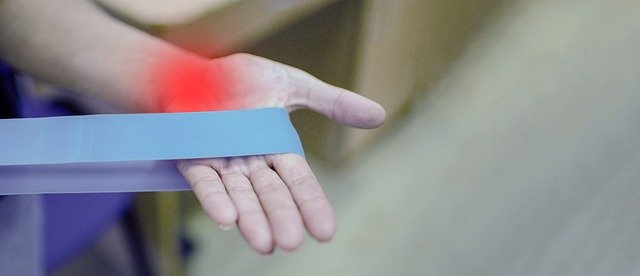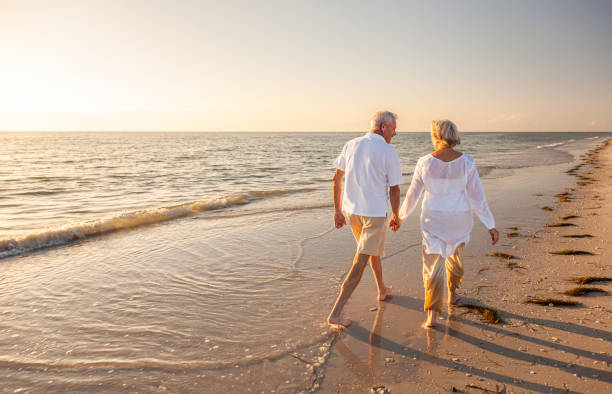Fast Knee Pain Relief Tips for Managing Discomfort in the USA 2025
Did you know that certain methods can start relieving knee pain within 15 minutes? Understanding these quick-relief techniques can help reduce discomfort, improve mobility, and support overall joint health when applied correctly and consistently as needed.

Quick Actions That May Bring Knee Pain Relief in 15 Minutes
When knee pain occurs due to injury, arthritis flare-ups, or overuse, managing inflammation and swelling while stabilizing the joint can help alleviate discomfort. The well-established R.I.C.E. method is widely recommended to support relief efforts:
- Rest: Avoid putting weight or strain on the affected knee to prevent further injury.
- Ice: Apply an ice pack wrapped in a cloth to the knee for 15-20 minutes. This cold therapy can numb pain and reduce inflammation and swelling.
- Compression: Use an elastic bandage or compression wrap to limit knee swelling and provide gentle support.
- Elevation: Raise your leg so that the knee is above heart level, aiding fluid drainage and reducing swelling.
These combined steps may help relieve knee pain by limiting the body’s inflammatory response and calming the joint area (Source: arthritiskneepain.com, rxwellness.net).
Over-the-Counter Medications for Pain Reduction
For pain relief, non-steroidal anti-inflammatory drugs (NSAIDs) such as ibuprofen or naproxen are commonly used. These medications can reduce inflammation that causes pain and stiffness, often taking effect within minutes to a few hours.
Topical NSAIDs—creams or gels applied directly to the knee—offer targeted relief with fewer systemic side effects. Applying these can reduce pain locally and are generally considered safe for many people needing symptom control (Source: arthritiskneepain.com).
Important: Always follow dosage instructions and consult your healthcare provider if you have pre-existing conditions or are taking other medications.
Other Techniques That May Help Ease Knee Pain
In addition to the R.I.C.E. protocol and NSAIDs, several other methods may assist in alleviating knee pain:
- Gentle Massage & Myofascial Release: Lightly massaging the muscles around the knee or using tools like foam rollers can loosen stiff muscles and fascia, reduce tension, and improve circulation.
- Wear a Knee Brace: Supportive knee braces stabilize the joint, potentially reducing strain and discomfort during activity. Braces vary from simple compression sleeves to unloader braces designed for arthritis patients.
- Supportive Footwear: Well-cushioned shoes with good arch support can reduce knee stress during standing and walking.
- Sleep Position Adjustments: Placing a pillow between knees (for side sleepers) or under knees (for back sleepers) can help ease joint pressure overnight, possibly reducing morning pain (Source: arthritiskneepain.com).
Managing Knee Pain After Procedures to Support Recovery
For those undergoing advanced treatments, such as **Genicular Artery Embolization (GAE)**—a minimally invasive 2025 FDA-approved procedure targeting arteries supplying inflamed knee tissues—immediate post-procedure care is important for recovery:
- Rest for the first 24 to 48 hours.
- Apply ice packs in 15-minute intervals to help control swelling.
- Avoid excessive movement or stress on the knee to facilitate healing.
- Follow prescribed pain management plans, which may include OTC or prescribed medications.
Following these practices can support recovery after GAE or similar interventions (Source: unitedkneecenters.com).
Approaches Supporting Relief and Sustained Knee Health Over Time
Fast relief often addresses acute pain and inflammation, but longer-term knee comfort may require a holistic care approach. Clinics specializing in knee pain relief in the USA in 2025 may offer multiple therapies, including:
- Physical therapy to strengthen muscles surrounding the knee.
- Chiropractic adjustments to improve joint alignment and reduce nerve irritation.
- Regenerative medicine techniques (e.g., platelet-rich plasma injections).
- Advanced injections like hyaluronic acid viscosupplementation to lubricate the joint.
These approaches aim to address pain and support joint function over time, potentially minimizing the risk of future flare-ups (Source: arthritiskneepain.com, rxwellness.net).
Practical Tips You Can Try to Help Manage Knee Pain
- Avoid walking or excessive activities that worsen pain until swelling decreases.
- Use ice in 15-20 minute sessions every 2-3 hours during acute flare-ups.
- Elevate your leg while resting, supporting the knee with pillows.
- Apply gentle compression with an elastic wrap—not too tight—to help control swelling.
- Consider topical NSAIDs for local pain management.
- Wear a comfortable knee brace or sleeve if you need to move around.
- Adjust your footwear to provide better knee support.
- Incorporate gentle self-massage or foam rolling if stiffness is present.
Together, these practical actions may help to reduce knee pain and discomfort.
When to Seek Medical Advice
If knee pain persists beyond a few days, worsens rapidly, or is accompanied by severe swelling, instability, redness, or warmth, it is important to seek professional evaluation. Persistent pain may indicate ligament injuries, arthritis progression, or other serious issues requiring specialized treatment.
Healthcare providers can conduct assessments, imaging tests, and recommend tailored interventions that may combine pain relief methods with long-term management plans.
In 2025, managing knee pain for individuals living in the United States involves various strategies that may help provide relief. Methods like the R.I.C.E. protocol, topical and oral NSAIDs, and supportive measures such as knee braces and elevation have evidence supporting their benefit. Combining these immediate steps with professional care options—including physical therapy, regenerative treatments, and minimally invasive procedures—can support both relief and knee health over time.
By exploring these approaches, you may find ways to reduce knee pain, support recovery, and maintain mobility for a more comfortable, active life.
Sources
- https://arthritiskneepain.com/wellness-blog/what-is-the-fastest-way-to-relieve-knee-pain/
- https://www.rxwellness.net/knee-pain-relief-natural-treatments-to-reclaim-your-mobility/
- https://unitedkneecenters.com/2025/02/19/recovery-tips-after-gae/
Disclaimer: All content, including text, graphics, images and information, contained on or available through this web site is for general information purposes only. The information and materials contained in these pages and the terms, conditions and descriptions that appear, are subject to change without notice.



